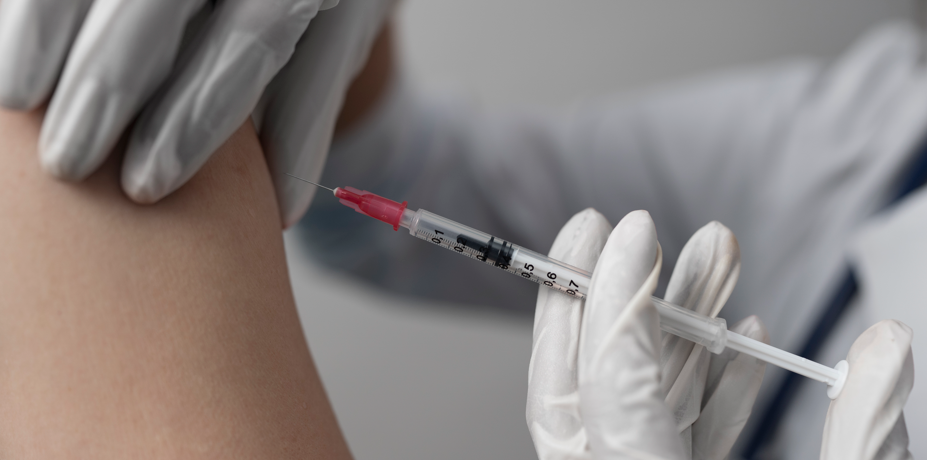Tendinitis affects millions of people worldwide, often resulting from repetitive strain, overuse, or injury. Conventional treatments, including rest, ice, compression, elevation (RICE), nonsteroidal anti-inflammatory drugs (NSAIDs), and physical therapy, have been the mainstays of tendinitis management. However, these methods sometimes fall short in providing long-term relief or promoting complete healing. Recent advancements in medical technology have led to innovative treatments that target the root causes of tendinitis more effectively. This article examines these new treatment modalities and their benefits.
Platelet-Rich Plasma (PRP) Therapy
1. What is PRP Therapy?
Platelet-Rich Plasma (PRP) therapy involves using a patient's blood, processing it to concentrate the platelets, and injecting it into the affected tendon area. Platelets are rich in growth factors that help accelerate the healing process.
2. How Does PRP Work?
The concentrated platelets release growth factors at the site of injury, stimulating tissue repair and regeneration. This can reduce inflammation and promote the healing of tendon fibers.
3. Benefits of PRP Therapy:
-
Accelerated Healing: PRP can speed up the recovery process by enhancing the body's natural healing mechanisms.
-
Reduced Inflammation: The anti-inflammatory properties of the growth factors help reduce pain and swelling.
-
Minimally Invasive: PRP is a non-surgical treatment with a relatively simple procedure.
4. Effectiveness of PRP Therapy:
Studies have shown that PRP therapy can be effective in treating chronic tendinitis, including conditions like tennis elbow, Achilles tendinitis, and patellar tendinitis. Many patients report significant pain relief and improved function following PRP injections.
Extracorporeal Shockwave Therapy (ESWT):
1. What is ESWT?
Extracorporeal Shockwave Therapy (ESWT) uses sound waves to stimulate healing in the affected tendon area. The therapy involves applying high-energy shockwaves directly to the injured tissue.
2. How Does ESWT Work?
The shockwaves promote blood flow and induce microtrauma, which triggers the body's natural healing response. This process helps break down scar tissue and calcifications, facilitating tendon repair.
3. Benefits of ESWT:
-
Non-Invasive: ESWT is a non-surgical procedure that does not require anesthesia or significant recovery time.
-
Pain Relief: Patients often experience reduced pain and improved function after treatment.
-
Stimulates Healing: ESWT enhances the body's ability to repair damaged tendons by increasing circulation and promoting tissue regeneration.
4. Effectiveness of ESWT:
Research indicates that ESWT is particularly effective for chronic tendinitis that has not responded to other treatments. Conditions such as plantar fasciitis, shoulder tendinitis, and tennis elbow have shown significant improvement with ESWT.
Other Innovative Treatments:
1. Stem Cell Therapy:
Stem cell therapy involves harvesting a patient's stem cells, often from bone marrow or adipose tissue, and injecting them into the injured tendon. These cells have the potential to differentiate into various types of tissue, promoting healing and regeneration.
-
Benefits: Accelerates tissue repair, reduces inflammation, and may provide long-lasting relief.
-
Effectiveness: Early studies show promise, but more research is needed to fully understand the long-term benefits and risks.
2. Laser Therapy:
Low-level laser therapy (LLLT) uses specific wavelengths of light to penetrate tissues and stimulate cellular repair processes.
-
Benefits: Reduces pain, decreases inflammation, and promotes tissue healing.
-
Effectiveness: Studies suggest that LLLT can be effective for tendinitis, particularly in reducing pain and improving function.
3. Ultrasound-Guided Dry Needling:
Dry needling involves inserting fine needles into trigger points in the muscle or tendon to relieve pain and promote healing. When combined with ultrasound guidance, the accuracy and effectiveness of the treatment are enhanced.
-
Benefits: Relieves pain, reduces muscle tension, and stimulates healing.
-
Effectiveness: Particularly beneficial for chronic tendinitis, with studies showing significant pain reduction and improved mobility.
Innovative treatments for tendinitis, such as Platelet-Rich Plasma (PRP) therapy and Extracorporeal Shockwave Therapy (ESWT), offer promising alternatives to traditional methods. These advanced therapies target the underlying causes of tendinitis, promoting faster and more effective healing. As research continues to evolve, these treatments may become more widely accessible, offering hope to those suffering from chronic tendinitis. Patients should consult with their healthcare providers to determine the best treatment plan tailored to their specific condition.




